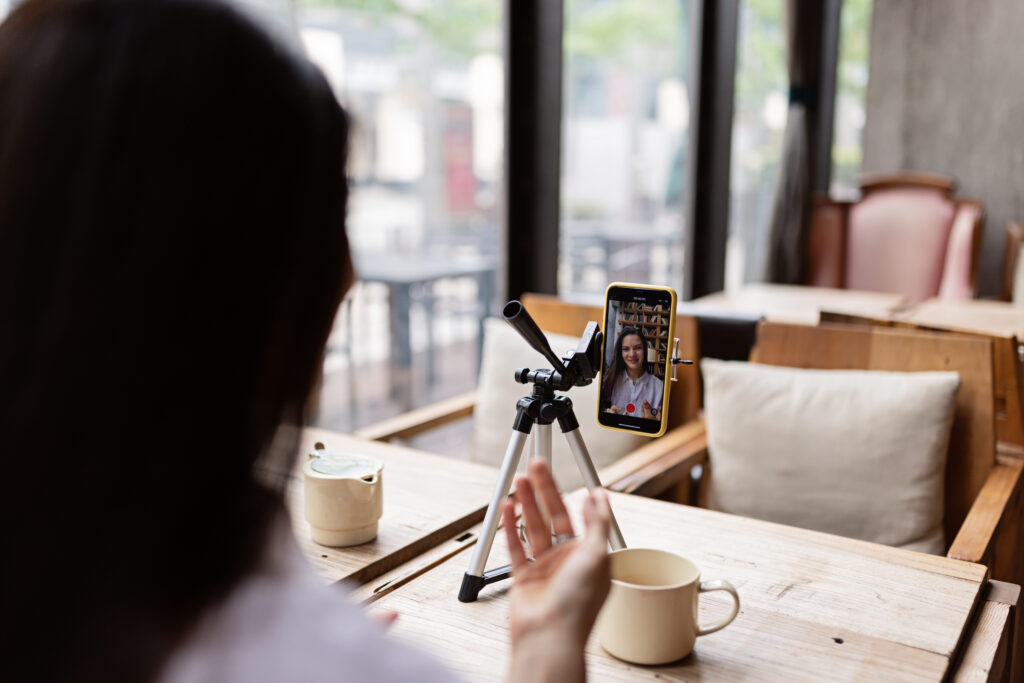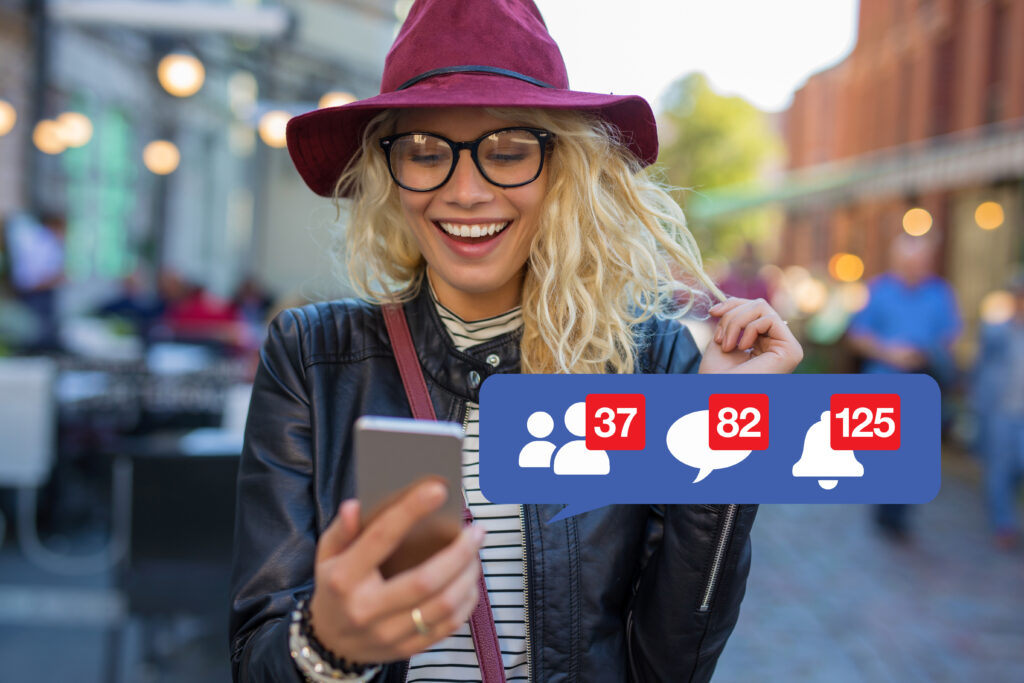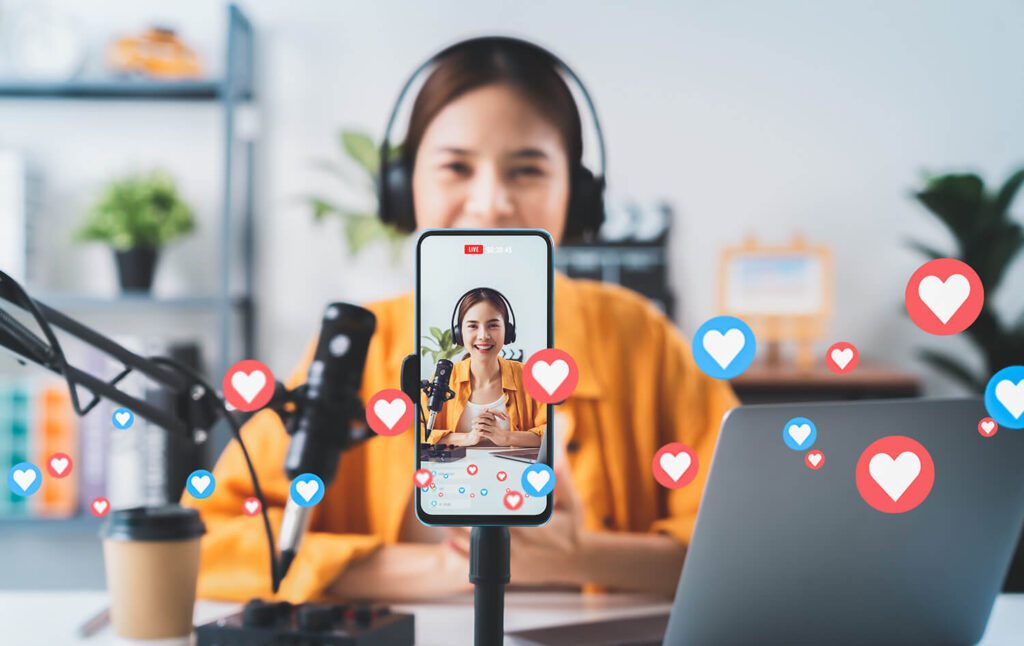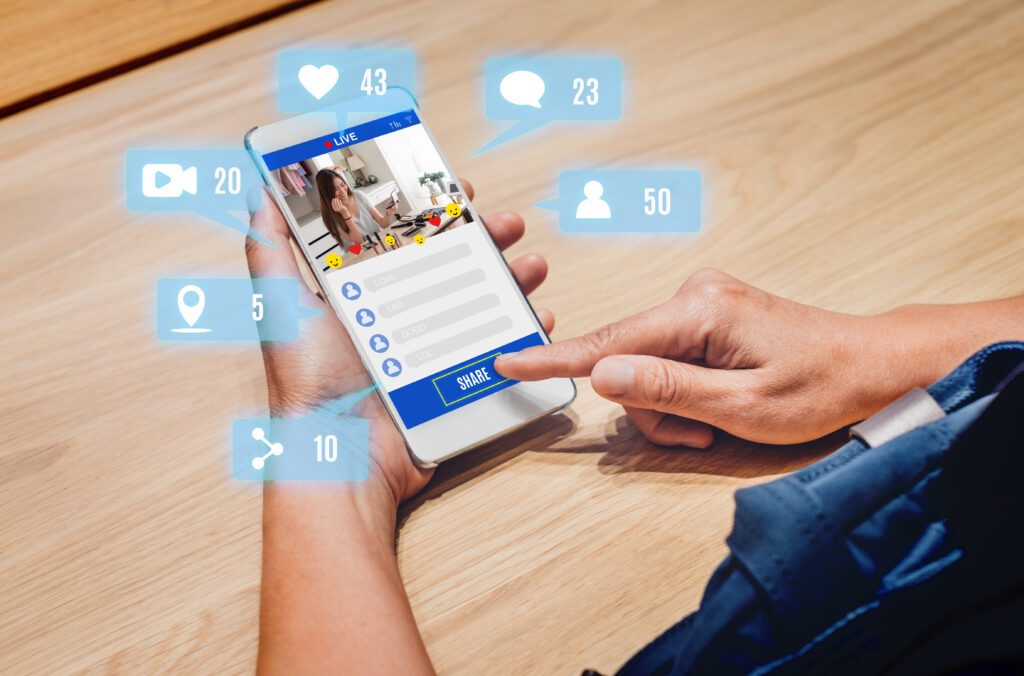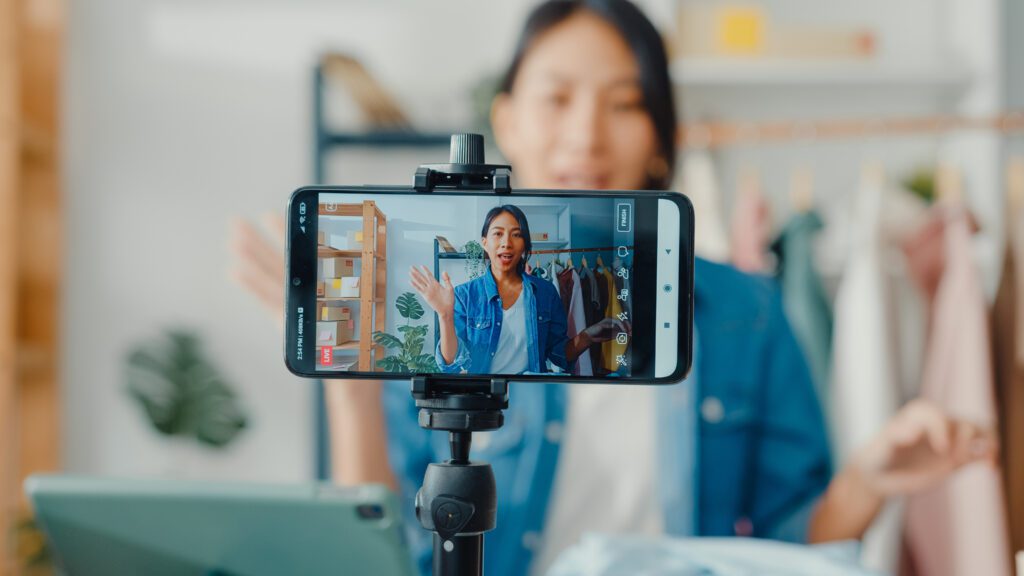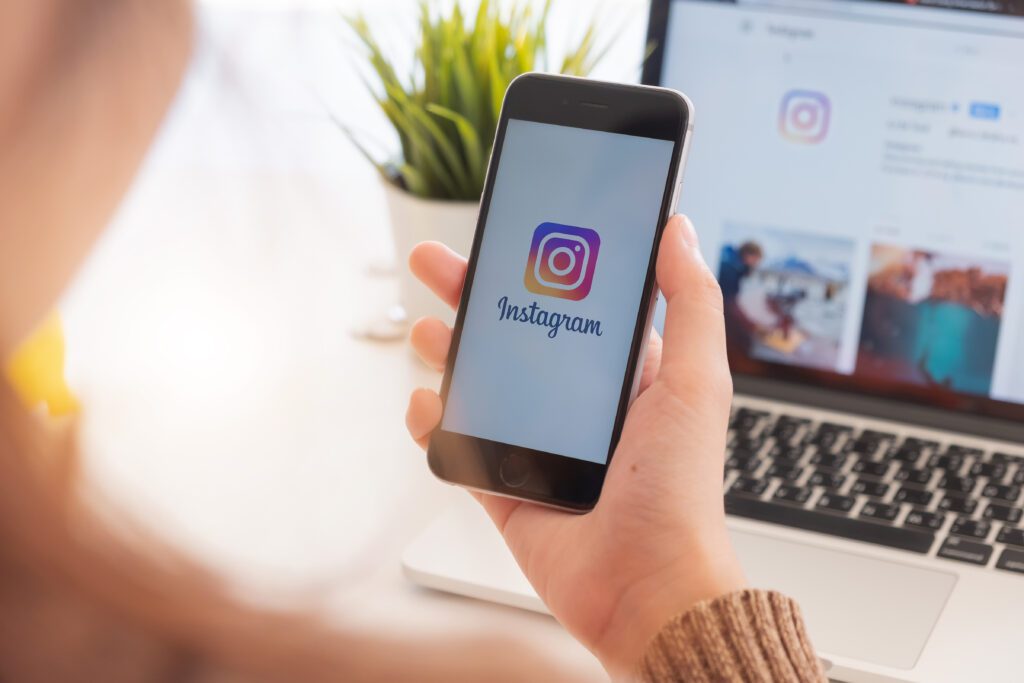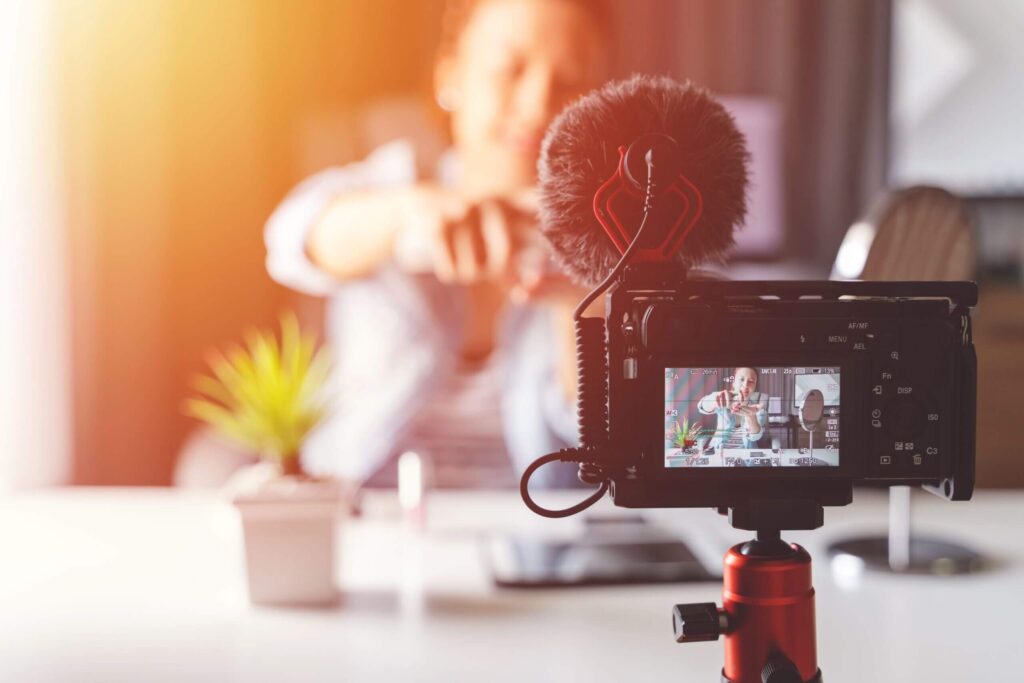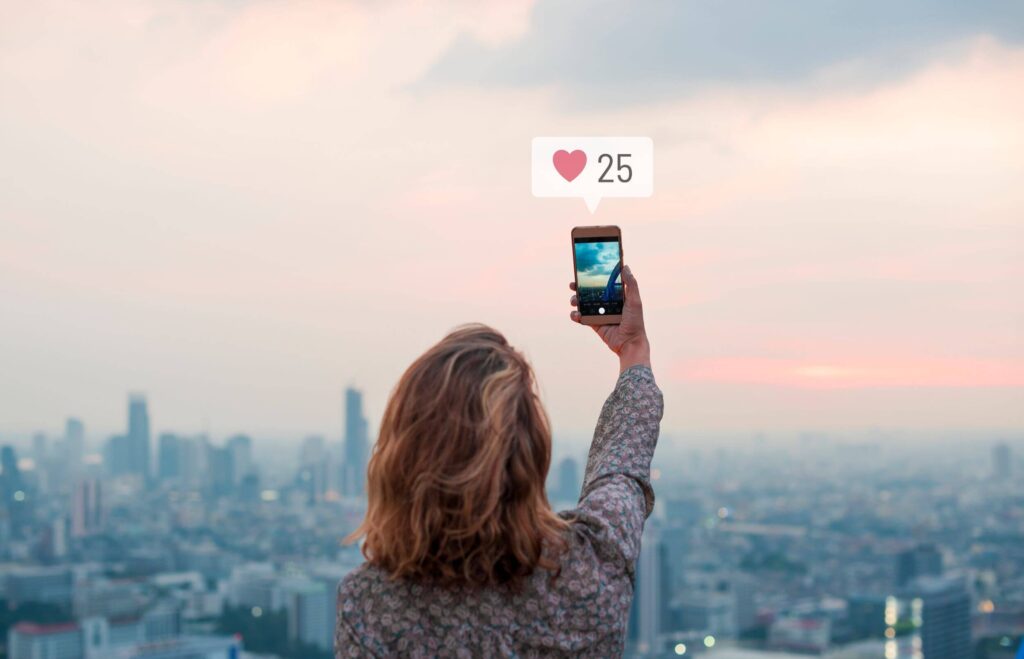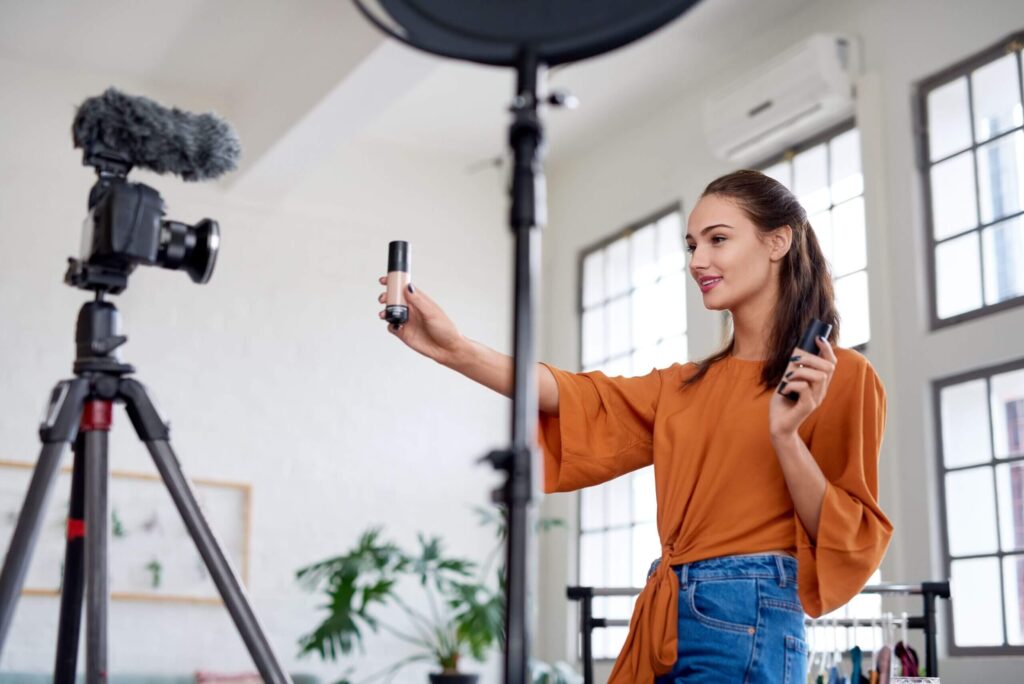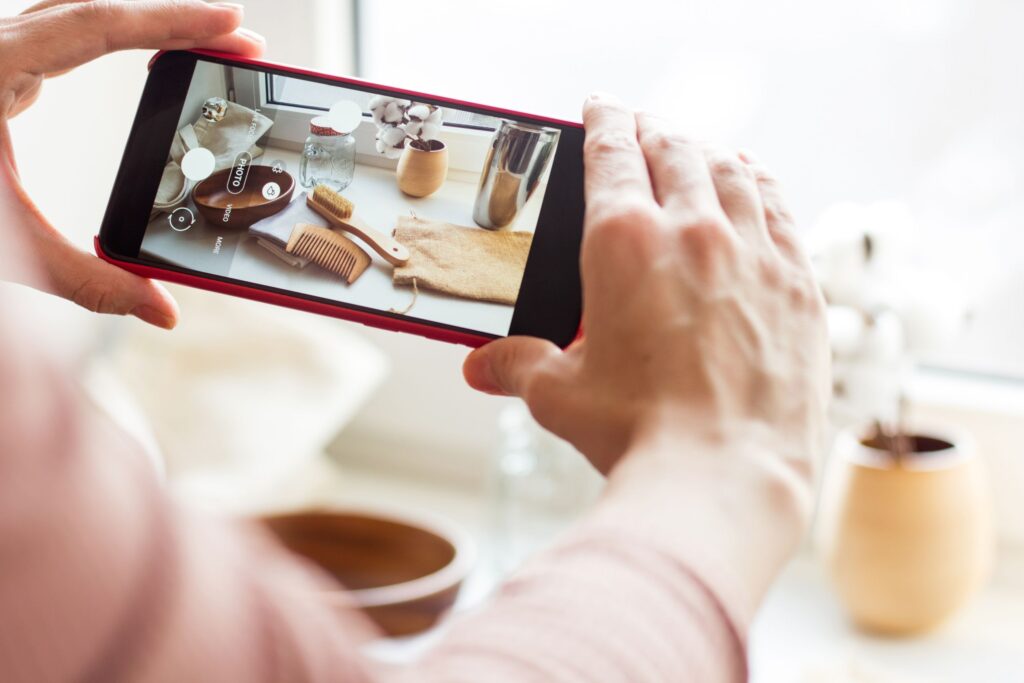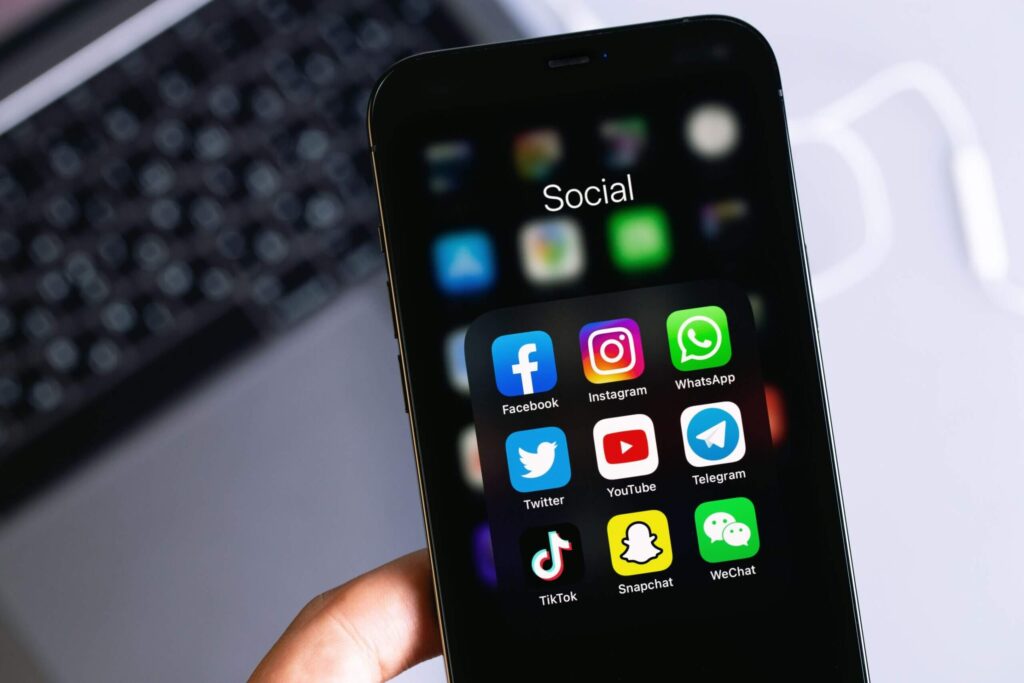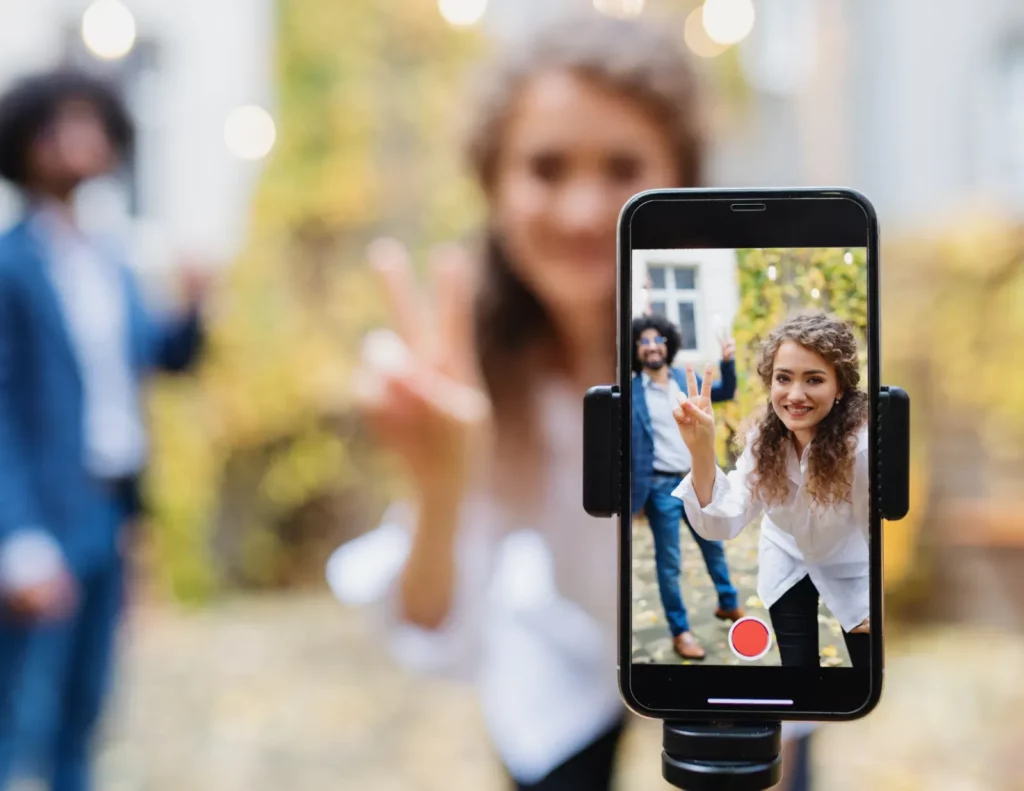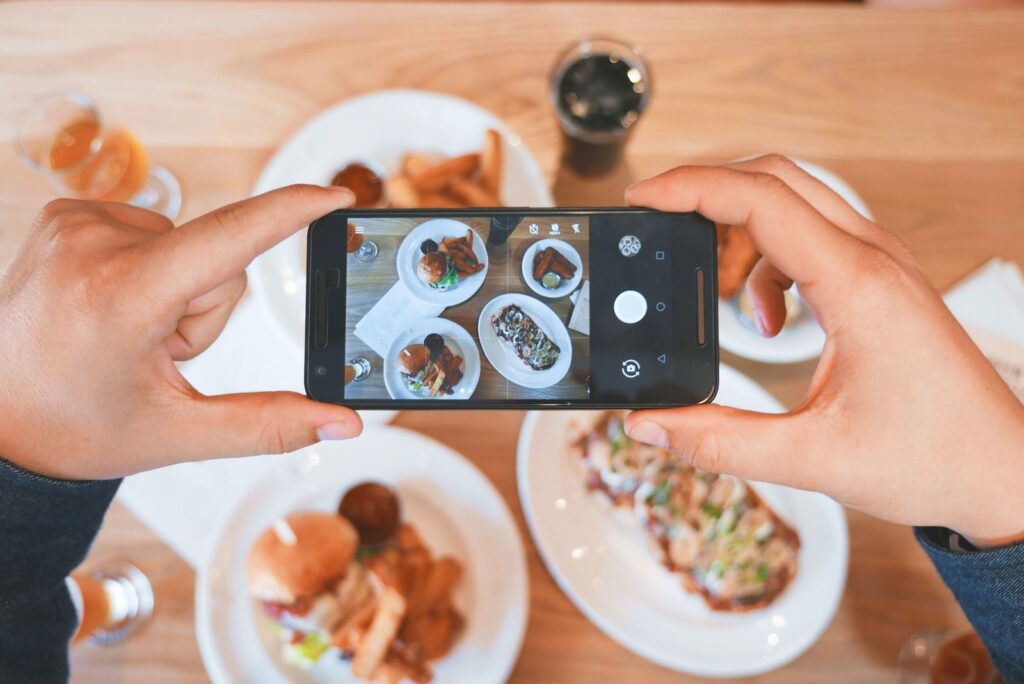The Lion's Den
The Best Influencer KPIs of 2024
Instagram Marketing
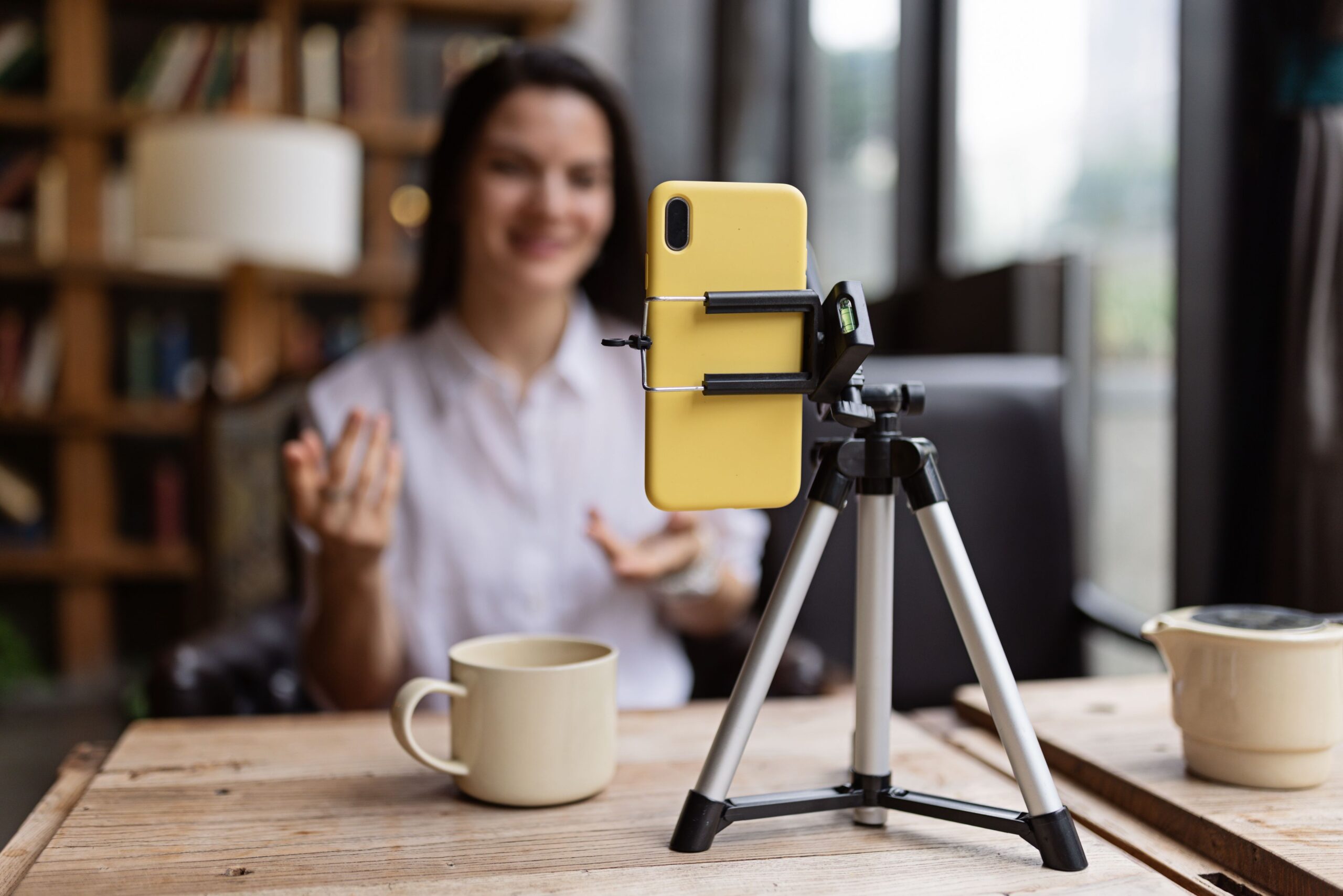
When you run a marketing campaign, you always have some goals that you’re trying to achieve. These may be increasing brand awareness, improving website traffic, generating high-quality leads, or many others. Marketers use these goals to shape their campaigns and evaluate their success. Influencer marketing campaigns are no exception.
To evaluate the success of influencer marketing campaigns, you need to look at influencer marketing KPIs — key performance indicators. These quantifiable metrics track campaign performance over time to help you understand what’s working and what’s not.
If you’re going to run an influencer marketing campaign, you have to familiarize yourself with key performance indicators for influencers. Here’s what you need to know about how to track influencer marketing campaigns:
How Is Influencer Marketing Measured?
Influencer marketing success is measured through a combination of quantitative and qualitative metrics that provide insights into the effectiveness of a campaign. The key to successful measurement lies in aligning metrics with campaign objectives and tracking performance across various stages. Here’s an overview of how influencer marketing is measured:
1. Engagement Metrics:
- Likes, Comments, and Shares: These metrics gauge the level of audience engagement with influencer content. Higher engagement rates indicate that the content resonates with the audience.
- Click-Through Rate (CTR): Measures the percentage of people who clicked on a link in the influencer’s content, directing them to the brand’s website or landing page.
- Impressions and Reach: Reflect the total number of times an influencer’s content is viewed. High impression numbers indicate a broad reach, while a high reach-to-follower ratio suggests effective content distribution.
2. Follower Growth:
- Follower Count: Influencer marketing can contribute to an increase in an influencer’s follower count. While not the sole indicator of success, steady growth indicates positive brand exposure.
- Follower Demographics: Understanding the characteristics of the influencer’s audience helps in assessing the alignment with the brand’s target demographic.
3. Conversion Metrics:
- Conversions and Sales: Directly tying influencer marketing to conversions and sales is crucial. Track the number of conversions, purchases, or sign-ups resulting from the influencer’s promotional efforts.
- Conversion Rate: Calculates the percentage of viewers who took the desired action after engaging with the influencer’s content.
- Coupon Codes and Affiliate Links: If influencers share unique discount codes or affiliate links, tracking the usage provides insight into the campaign’s impact on sales.
4. Sentiment Analysis:
- Brand Mentions and Sentiment: Monitoring social media for brand mentions and sentiment helps assess how the audience perceives the brand after influencer collaborations.
- Comments Analysis: Analyzing the sentiment and content of comments on influencer posts provides qualitative insights into audience reactions.
5. Content Performance:
- Content Views: For platforms with features like Instagram Stories or YouTube videos, tracking the number of views provides insights into the content’s popularity.
- Content Shares: The number of times an influencer’s content is shared by their audience indicates its shareability and potential virality.
6. Brand Awareness Metrics:
- Brand Search Volume: Monitor changes in online search volume related to the brand during and after the influencer campaign.
- Brand Mentions: Track the frequency of brand mentions on social media platforms before, during, and after the campaign.
7. Influencer Performance:
- Influencer Authenticity and Fit: Evaluate how well the influencer’s content aligns with the brand’s image and values.
- Influencer Feedback: Gather insights from influencers on their experience with the campaign, audience feedback, and any challenges faced.
8. Surveys and Feedback:
- Audience Surveys: Directly gather feedback from the influencer’s audience through surveys, asking about their perception of the brand and the influencer’s promotion.
- Brand Sentiment Surveys: Conduct surveys to measure changes in brand sentiment among the target audience.
9. Return on Investment (ROI):
- Cost per Acquisition (CPA): Calculates the cost incurred for each conversion or acquisition resulting from the influencer campaign.
- ROI Calculation: Compare the overall revenue generated from the campaign to the total investment, providing a clear picture of the campaign’s profitability.
A comprehensive approach to influencer marketing measurement involves a combination of quantitative data and qualitative insights. Customizing measurement strategies based on campaign objectives and continuously refining them with each collaboration ensures a data-driven and effective influencer marketing strategy.
What Are The 5 Most Important Influencer Marketing KPIs?
Once you pick your influencers and launch your campaign, what are the 5 key performance indicators to measure the success of the campaign?
While there are many different influencer marketing KPIs you can use to evaluate your campaign, these are the five most important to keep in mind:
Number of Impressions
The number of impressions is a key metric for any influencer campaign. This tells you how many times your post appeared on people’s feeds. More impressions = more potential for campaign success.
Engagement
You don’t just want people to see your sponsored posts, though. You want the audience to interact and engage with the content, so you know it made an impact on them. The KPI you use to measure this is the engagement rate of your campaign. The engagement rate for your campaign compares the number of engagements (likes, follows, comments, etc.) your sponsored content received to the number of followers your influencer partners have.
Follower Growth
If you’re trying to boost your audience, an important metric to track is your follower growth during the campaign. Compare the number of followers your brand’s social media accounts have at the beginning of the campaign to your follower count at the end to track this growth.
Click-through rate
If you instruct your influencers to include a link in their sponsored content, the click-through rate (CTR) is an essential KPI to track. This measures the number of times audience members click on a particular link.
Conversions
Typically, the ultimate goal of an influencer marketing campaign is to drive growth and sales. The number of conversions is the metric you use to track that. If you don’t have any additional tools, you can estimate conversions by tracking your sales numbers before, during, and after your campaign. Any increase in your sales numbers during the time your campaign was running would be the campaign’s approximate conversions.
A more sophisticated and accurate way of calculating the campaign’s conversions is to use links with link tracking or promo codes. This will make it easy to identify the traffic sources for conversions during the campaign.
What Are The Most Important Influencer Metrics?
If you’re wondering how to measure influencer marketing success, you may want to know — what are good KPIs for influencer marketing? The truth is that you have to pick the KPIs most closely related to your goals. While impressions may be the most important KPI for one brand, engagement may be more important to another.
How Does Influencer Marketing Contribute to Brand Loyalty?
Influencer marketing can have a substantial impact on brand loyalty by fostering authentic connections with the audience. When executed effectively, influencer campaigns can contribute positively to various aspects of brand loyalty:
1. Trust and Credibility:
- Authentic Recommendations: Influencers are often seen as relatable figures rather than traditional advertisers. When influencers authentically endorse a brand or product, it can build trust with their audience, leading to increased credibility for the brand.
- Personal Connection: Influencers create a personal connection with their followers. As they share their experiences with a brand, followers are more likely to trust the influencer’s judgment and, by extension, the endorsed brand.
2. Brand Awareness and Recognition:
- Increased Exposure: Influencers introduce brands to their followers, enhancing brand awareness. The more familiar and recognizable a brand becomes, the more likely customers are to choose it over competitors.
- Top-of-Mind Presence: Regular collaborations with influencers help keep a brand at the forefront of consumers’ minds, making it more likely they’ll choose that brand when making purchase decisions.
3. Emotional Engagement:
- Storytelling and Emotion: Influencers excel at storytelling and creating emotional connections through their content. When influencers share personal stories or experiences related to a brand, it resonates with the audience on an emotional level, contributing to brand loyalty.
- Shared Values: Aligning with influencers who share similar values reinforces the brand’s identity and resonates with consumers who prioritize those values, fostering a sense of loyalty.
4. User-Generated Content:
- Community Building: Influencers often encourage their followers to share their experiences with the endorsed products. User-generated content builds a community around the brand, strengthening the sense of belonging and loyalty among consumers.
- Relatability: When consumers see real people, including influencers, using and enjoying a brand’s products, it adds relatability, making them more likely to trust and remain loyal to the brand.
5. Exclusive Offers and Discounts:
- Influencer-Specific Promotions: Brands can offer exclusive discounts or promotions through influencers. Followers who value the influencer’s opinion may feel a sense of exclusivity and loyalty when accessing special offers through the influencer’s channels.
- Incentivizing Loyalty: By providing influencers with unique codes or links, brands can directly measure the impact of influencer-driven promotions on customer acquisition and retention.
6. Feedback and Communication:
- Two-Way Communication: Influencers often act as intermediaries between brands and consumers. They facilitate two-way communication, allowing for direct feedback from consumers, addressing concerns, and reinforcing the brand’s commitment to customer satisfaction.
- Transparent Collaboration: Transparent collaborations between influencers and brands, with proper disclosure and genuine interactions, build trust among the audience and contribute to long-term loyalty.
7. Consistent Brand Messaging:
- Brand Consistency: Influencers play a crucial role in maintaining consistent brand messaging. When influencers align with a brand’s values and consistently communicate its message, it reinforces the brand’s identity and fosters loyalty.
- Integrated Campaigns: Collaborations that seamlessly integrate influencers into broader marketing campaigns contribute to a unified brand narrative, ensuring a cohesive and memorable experience for consumers.
8. Long-Term Relationships:
- Repeat Collaborations: Establishing long-term relationships with influencers can signal commitment and authenticity. Regular collaborations contribute to ongoing brand exposure and reinforce loyalty over time.
- Brand Ambassadorships: Elevating influencers to brand ambassadors fosters a deeper connection. Ambassadors are often more invested in the brand, leading to more authentic and impactful content that resonates with their audience.
Influencer marketing has the potential to significantly impact brand loyalty by building trust, creating emotional connections, and fostering a sense of community. Brands that prioritize authentic collaborations, consistent messaging, and meaningful engagement through influencers are more likely to see lasting effects on customer loyalty.
How Lionize Can Help You Track Influencer KPIs in 2024
Lionize’s influencer marketing platform makes it easy to track and compare KPIs for brand ambassador programs or other influencer marketing campaigns. Our influencer marketing platform makes working with influencers easy. From finding the perfect creators for your campaign, to tracking metrics, our software can do it all. Book a Discovery Call today to see how we can help your brand succeed at influencer marketing.


